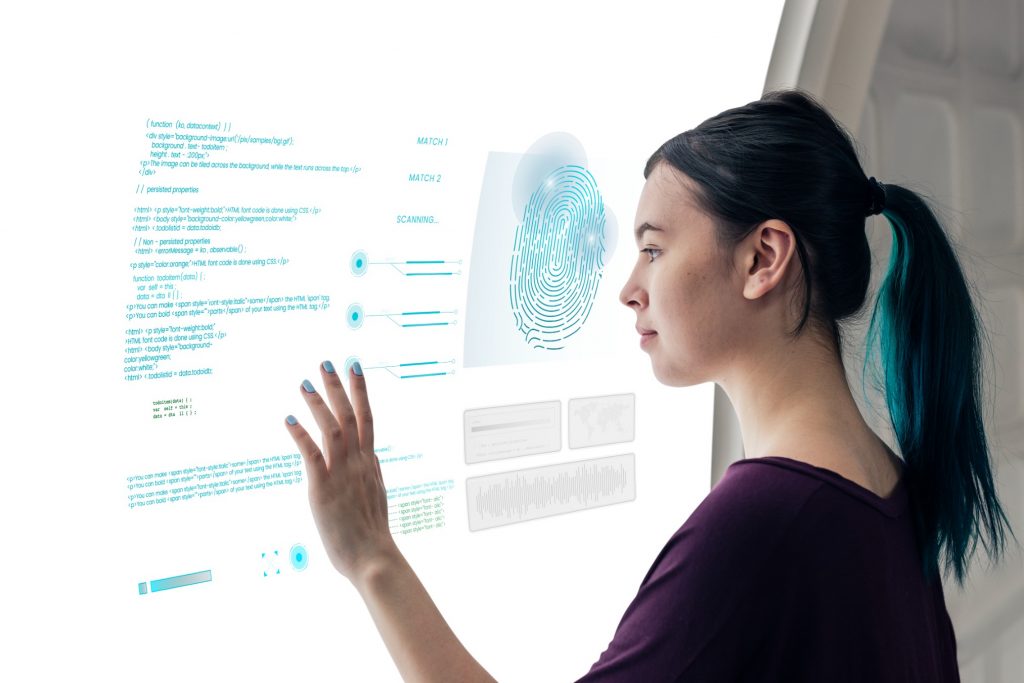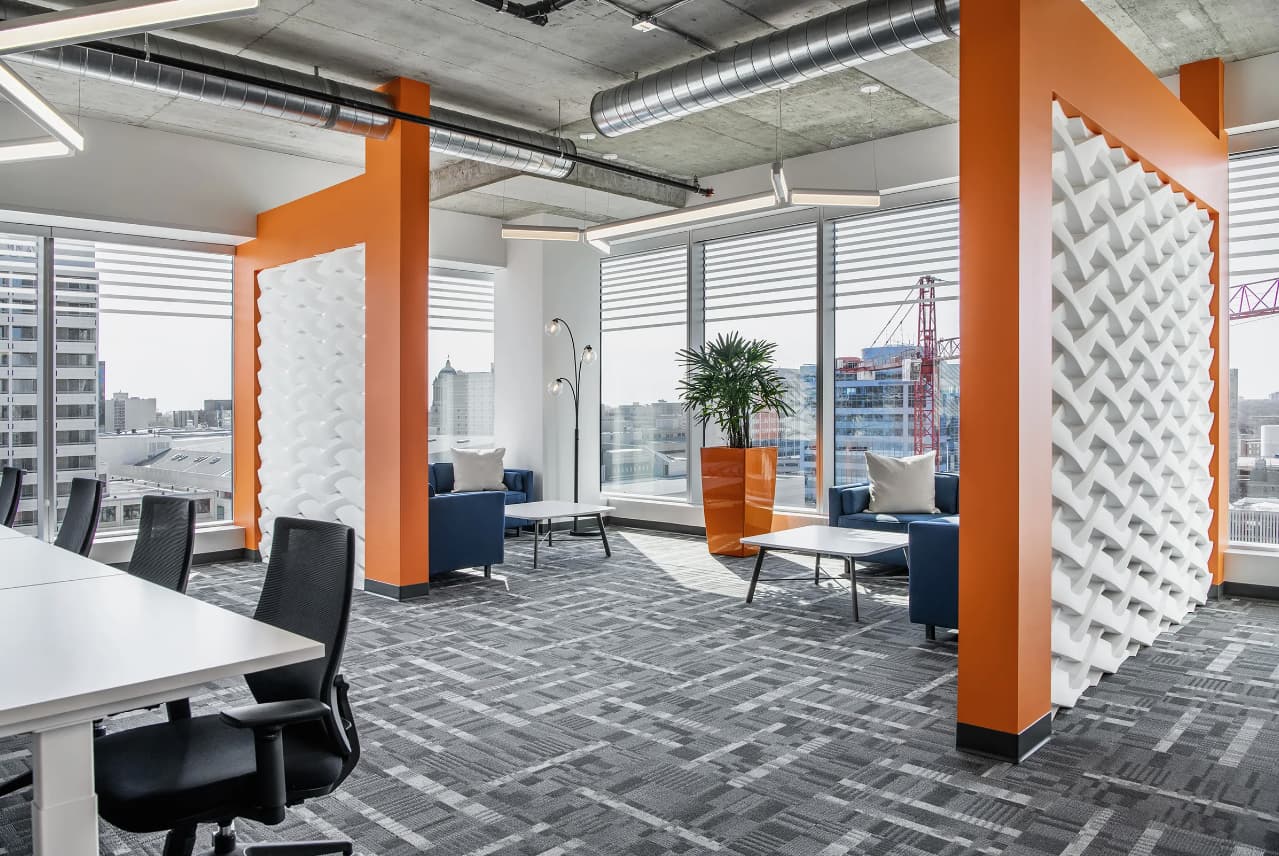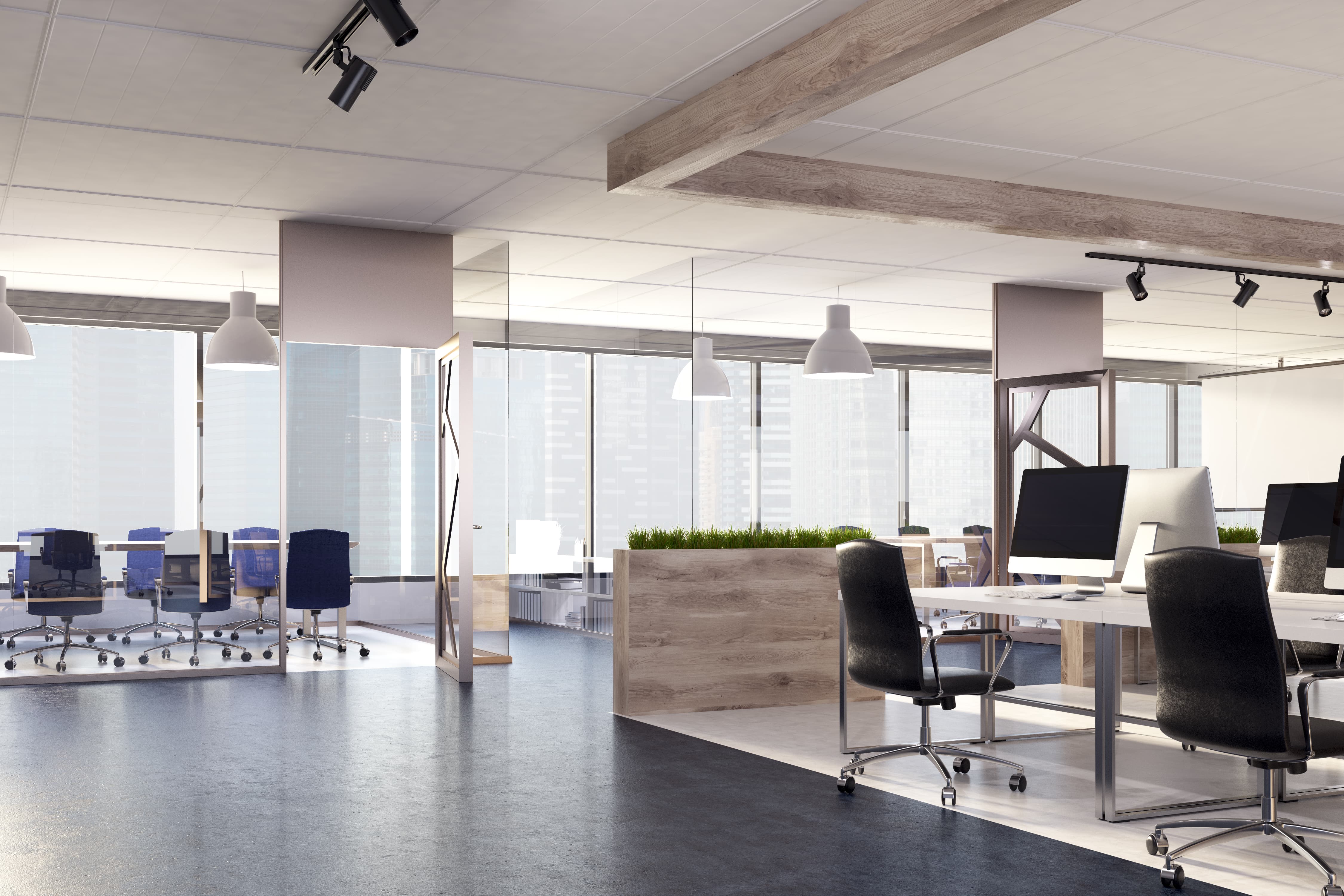After a long period with staff working from home, many organizations will be considering a hybrid workplace strategy as they return to the office.
As a manager, you will need to adapt your management style to suit this new flexible style of working. Your employees may now spend some of their week working from home and some in the office, which will naturally have an impact on how teams interact.
In this blog post, we’ll examine some of the key areas that you need to consider when managing a hybrid workforce and how working with Truspace can simplify this process.
Advance Planning is Vital
Many businesses will have learned lessons during the recent periods of homeworking. However, in some ways hybrid working will place greater demands on managers and organizations.
It is important to consider which of your staff will continue working from home, and which roles will return to the office first. Encouraging your staff to raise any questions or concerns will help them to feel included in the planning process.
You may also have to undertake office renovations to consider the requirements of hybrid working. The maximum occupancy of your office space needs to be considered to allow safe social distancing, and you may need to establish a rota for office working.
Engaging an experienced commercial interior design agency like Truspace will simplify this process and help to ensure that every requirement is covered.

The Effects of Hybrid Working on the Employee Lifecycle
A move towards the hybrid workplace will have an impact on every stage of the employee lifecycle including recruitment, onboarding, and staff retention.
Your recruiter can use your hybrid office design and hybrid working model to attract talent to your company. But once you have recruited employees, you will need to ensure that their onboarding process considers the limitations of hybrid working. New employees need to feel part of the company culture, meeting and team building with other hybrid staff can pose some difficulties.
You will also have to be certain that reward and recognition strategies are fair and don’t show bias towards those who work from the office more often. And in the long term, it’s important to make sure that training and career development opportunities are not impacted by hybrid working.

Effective Communication in the Hybrid Workplace
Designing the hybrid office will be critical if it is to work well as a collaborative workspace. However, poor communication can cause knowledge gaps, ineffective teamwork, and the exclusion of those working remotely. Good communication needs to be seen as everybody’s responsibility.
Management should encourage teams to set standards for communication, such as where and how often to meet. Holding meetings online allows those working at home and those in the office to all have the same experience.
Asynchronous communication tools such as Slack channels and Chatbox functions can help by creating connections and opportunities for informal communication.
But it is also important to build in regular social activities so that there is face to face contact between team members. These ‘Human Moments’ are a key part of encouraging collaboration, and in-person contact is vital.
As a specialist commercial interior design consultancy with over 40 years’ experience in office interior refurbishments, Truspace can help smooth your company’s transition to a hybrid workplace. Call or email us today and we’ll be happy to discuss your requirements.




